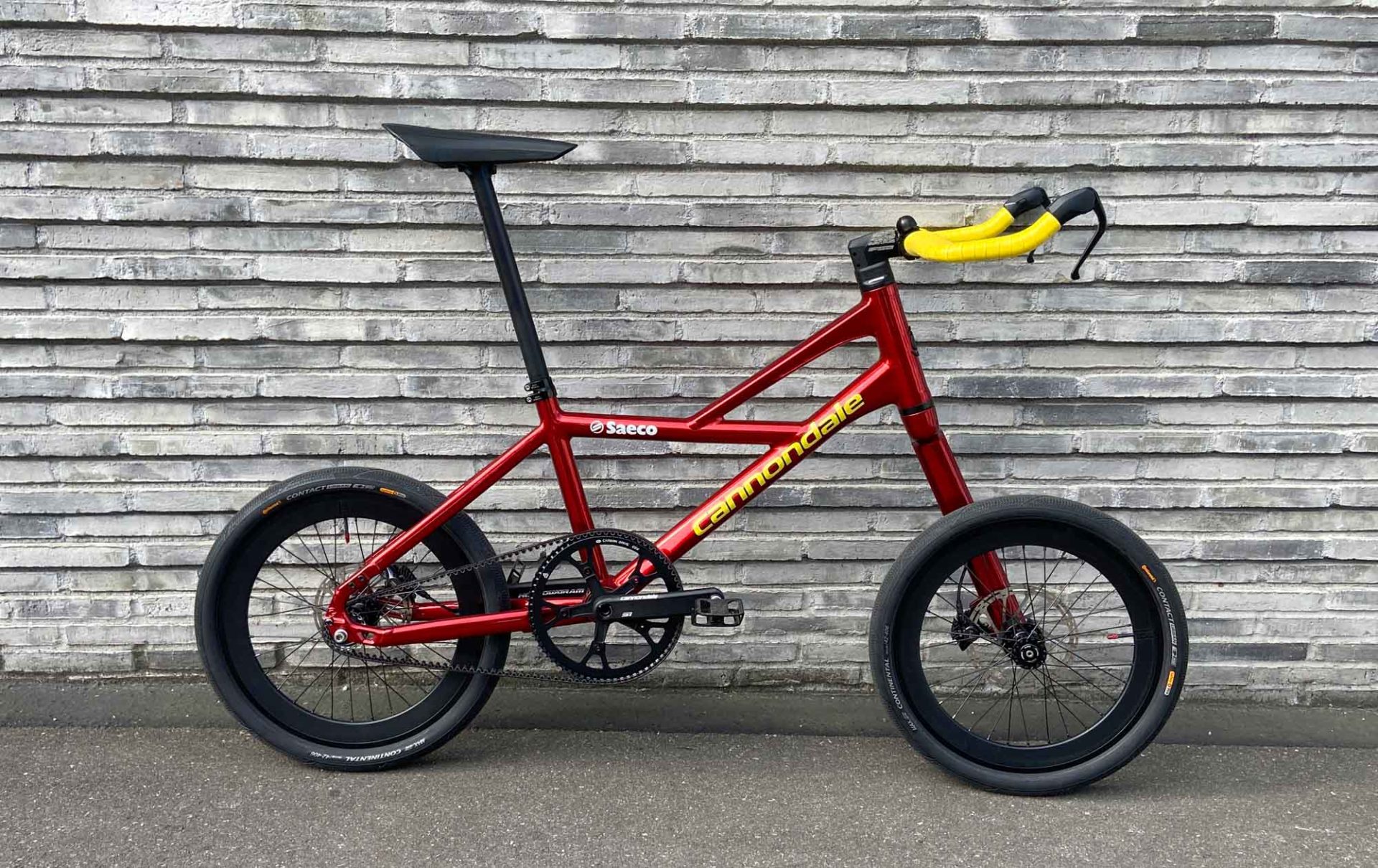This truly unique Joy Ride belongs to industry veteran and now freelance industrial designer Torgny Fjeldskaar. Fjeldskaar was a former design director for BMC and long before that was the industrial design director for Cannondale. Between those two roles, Fjeldskaar was a creative director in the compact vehicle division at BMW.
With such a resumé, this Swiss-based Norwegian has been behind a number of truly iconic bikes in recent decades, such as the original Cannondale SystemSix, BMC Impec, and the BMC Time Machine Road Gen 2 plus the updated Teammachine it inspired. More recently, you’ll find Fjeldskaar’s fingerprints on Colnago’s new V4Rs which are in use at this year’s Tour de France, a number of Fizik products, and a handful of fresh urban bikes, just to name a few of his projects.
Perhaps one of the most unique – or at least quirky – examples of Fjeldskaar’s previous work is the Cannondale Hooligan. This fun BMX-inspired urban bike was often a talking piece at many Cannondale dealerships around the globe. Today the Hooligan holds somewhat of a cult following, collecting higher resale values than original retail prices, and it’s a design that helped inspire a number of small-wheeled commuter bikes that are popular today.
I promise I’m not intentionally on a 20″-wheeled bike beat, it’s just that following the incredible Prova kids bike, I then stumbled upon Fjeldskaar’s Saeco-inspired resto-mod Hooligan. It would be rude not to feature it!
The origins of the Hooligan
Cannondale has certainly had its name to a number of iconic bikes over its past five decades of existence. It’s a company that pioneered using aluminium for performance purposes, has tried to reinvent suspension on more than one occasion, and has pushed the envelope for the lightest and most aerodynamic bikes. Amongst all that, the company was also incredibly influential for the modern urban bike market in the early 2000s with the Bad Boy and then the Hooligan.
The Hooligan was conceptualised by Chris Dodman, “a good friend and ex-colleague, a Scottish engineer from Cannondale”, said Fjeldskaar. “He proposed an urban BMX for adults, and he suggested the slogan ‘ride it like you stole it’. It’s a bike you ride in a bit more of a childish way.”
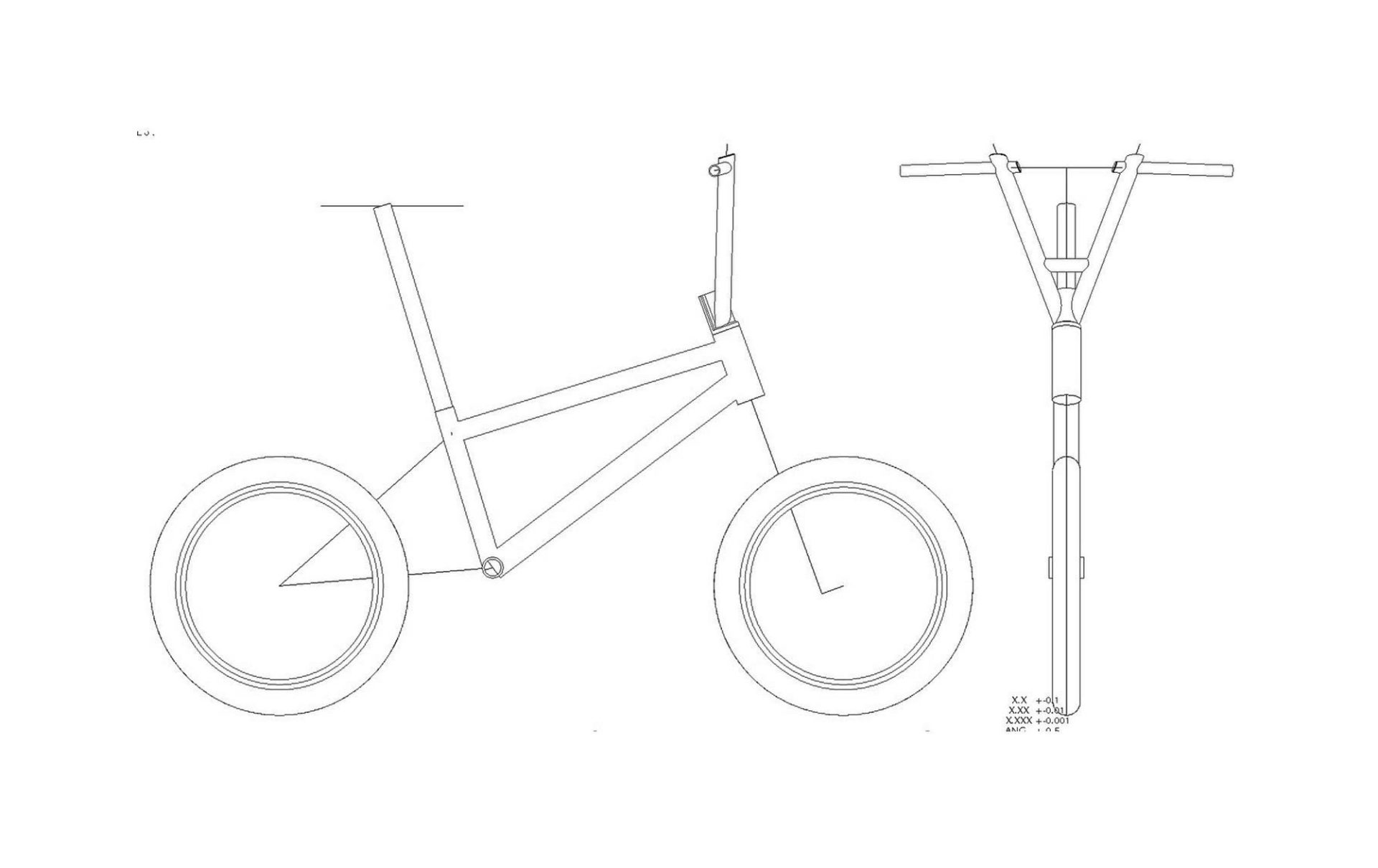
“The original engineering model from Chris was just a straight tube which looked like a large BMX,” Fjeldskaar continued. “I was in charge of industrial design at Cannondale at the time, you know like profiles and tube shapes, and things like that. My contribution [to this model was] to bring some of Cannondale’s heritage from the early ’90s with the shape similar to the old Delta V.”
As Fjeldskaar shared with Escape Collective, most of the Hooligan design was borrowed from the already successful Bad Boy, an intentionally discreet urban bike that could double as a mountain bike with a change of wheels.
“Cannondale weren’t really focussing on urban bikes at the time – we had good urban bikes, but there was no focus from marketing or sales on them,” Fjeldskaar recalls. “Cannondale didn’t want to invest a lot in tooling and so we used mostly tubes (and fitments) from the Bad Boy.
“The original sketch of the Hooligan was without any logos. And the idea was that it was so easy to recognise you don’t need a logo. It was the same idea with the Bad Boy, and it was a two-year discussion with Cannondale where they loved the bike, but would always remark that they can’t see the logo.”
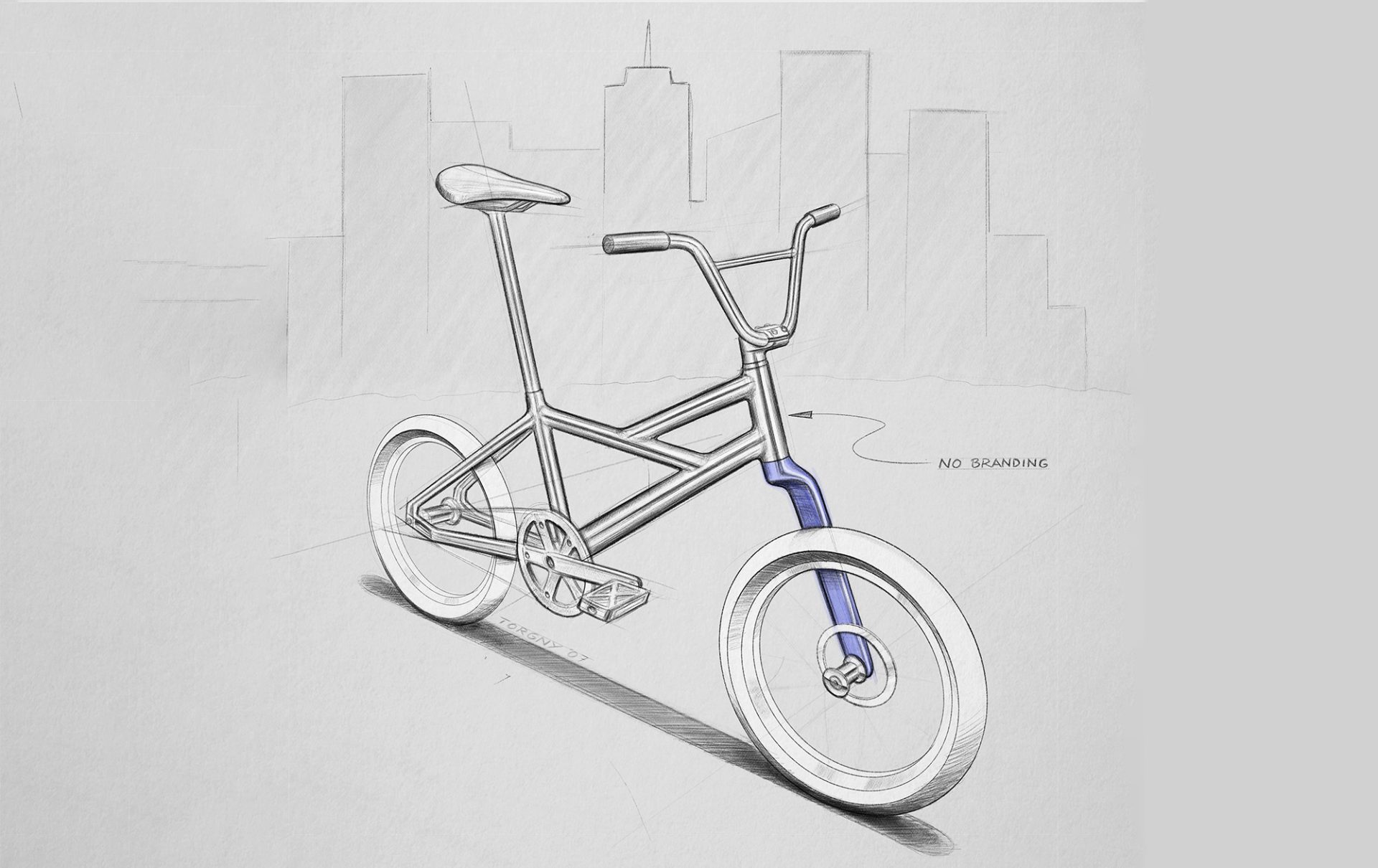
The Hooligan lasted in Cannondale’s lineup for 12 years from its launch in 2007, an incredibly long stint for any bicycle model. While sales had generally slowed, it was apparently still selling well in Japan when its run ended.
“I think if it had been launched today, [it would be far more successful],” Fjeldskaar said. “You see a lot more small-wheeled bikes today, and a lot more urban bikes. Back in 2007, it was huge in Holland and Germany, but not so many other places.”
A 15-year-old idea realised
Fjeldskaar recalls the Hooligan making its public appearance in 2007, but the parts it came with were not quite to the standard he had initially imagined.
“So in 2008, I proposed some special editions [to create excitement for the Hooligan amongst Cannondale fans], and this was one of them,” Fjeldskaar said about his Saeco build that pays homage to the iconic Italian racing team.
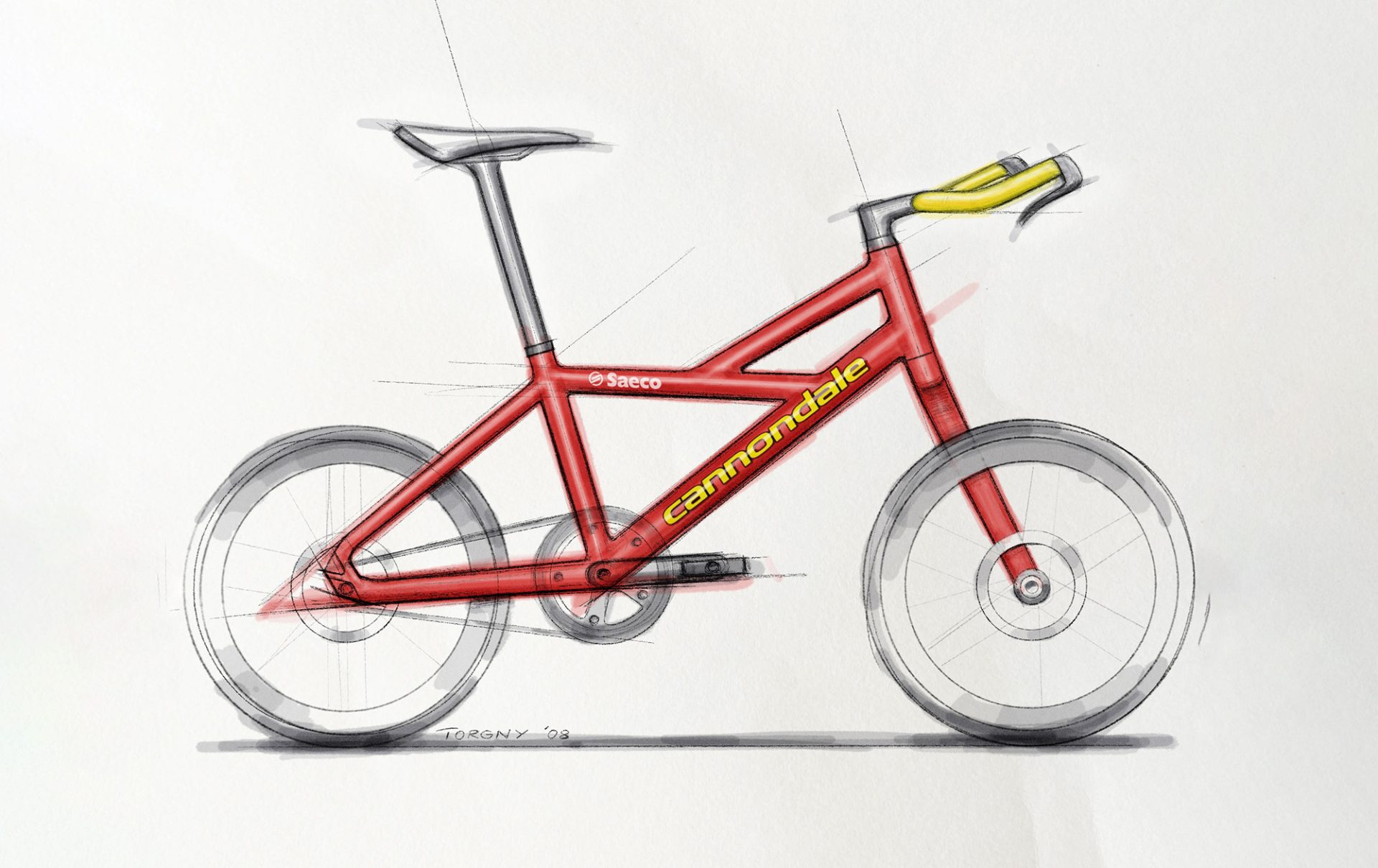
“There were some other proposed versions, such as a mountain bike-inspired Volvo-Cannondale, and another one was a small cargo bike with cargo space front and rear. There were four or five proposed special editions, and now, 15 years later, I want to build them as I never got around to doing it before.”
And that plan started to come together a number of months ago when Fjeldskaar scored two Hooligans on the used market. The goal was to build the bike as initially sketched in 2008, but done with modern features as if it were sold today.
Those who are familiar with the original Hooligan will know it never had fully concealed cable routing through the stem, or even a belt drive. Such modifications were made possible with the help of Erwin Landau who is an expert in modifying Hooligans and has all the right contacts for things like fabrication and paint. The Dangerholm of Hooligans also just so happens to be based in Basel, just like Fjeldskaar.

“This was his most ambitious build,” Fjeldskaar said. “We had to change the steerer [for one that was slotted for internal cabling]. We had to drill holes in the frame. And we even had to split the rear triangle to equip the belt drive. It was not easy to weld aluminium.”
As for that paint, it’s designed to be a close replica to the deeper red used in the closing year of the Saeco team. It’s achieved with a chrome paint base, covered by a red-tinted clear coat – something the photos don’t do justice to.
The finishing touches
As one would expect of a resto-mod build, the parts are a mix of old and new.
“The Cinelli bars have holes drilled at the back where the aluminium is quite thick,” Fjeldskaar said. “And the newer Dura-Ace [hydraulic] time trial levers with internal hoses allowed this build to happen.” All of that allows the hoses to be routed through the modern FSA ACR stem and headset, something Fjeldskaar admits isn’t a shape he loves but does the job.
Built as a single-speed, there’s a worry-free Gates CarbonDrive belt running on an enormous 72T ring. The well-chosen Cannondale SI cranks spin on a Chris King bottom bracket. That bottom bracket is then threaded into a custom-modified (for rear brake hose routing) eccentric bottom bracket from First Components, a necessary part for belt tension adjustment.
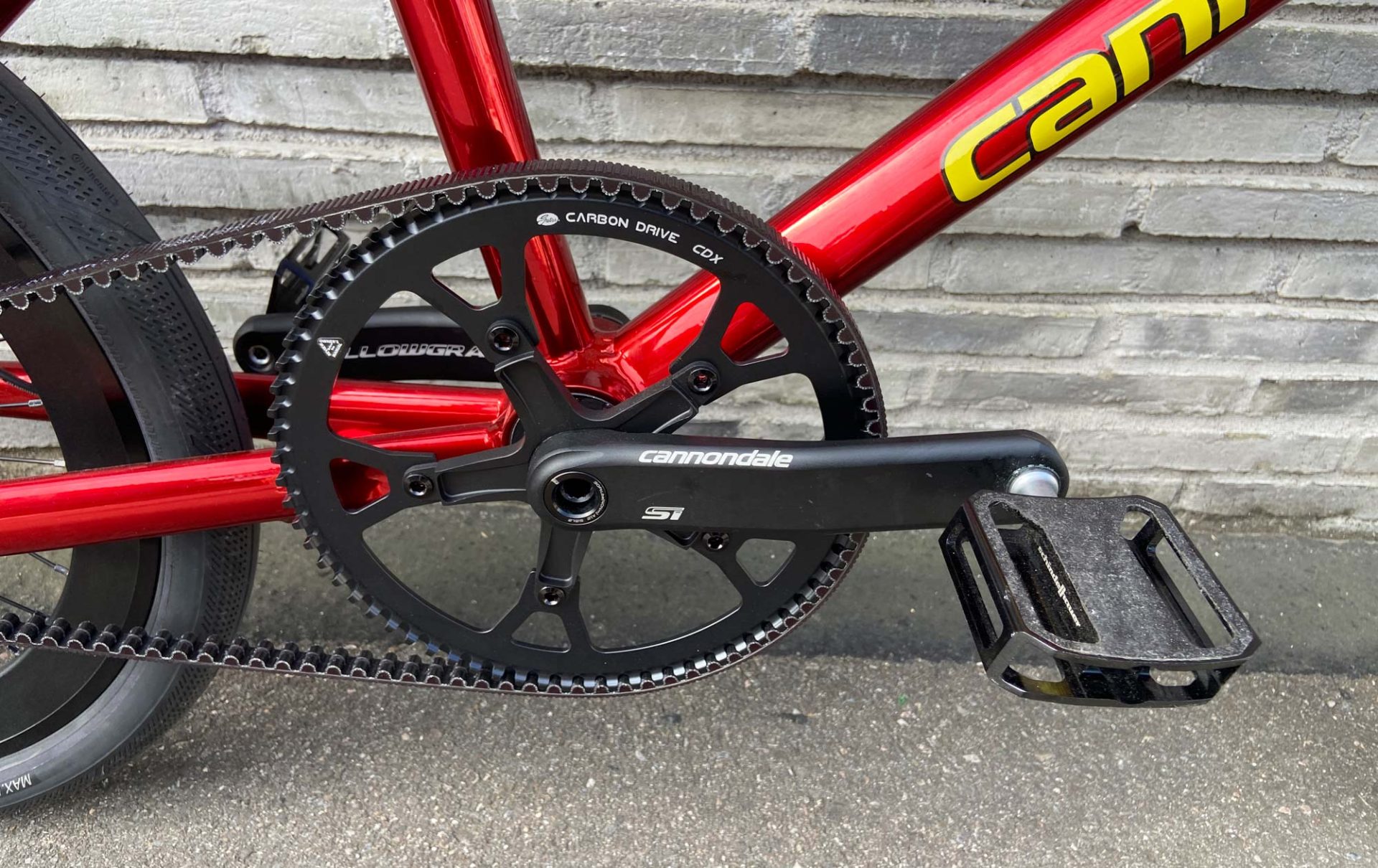
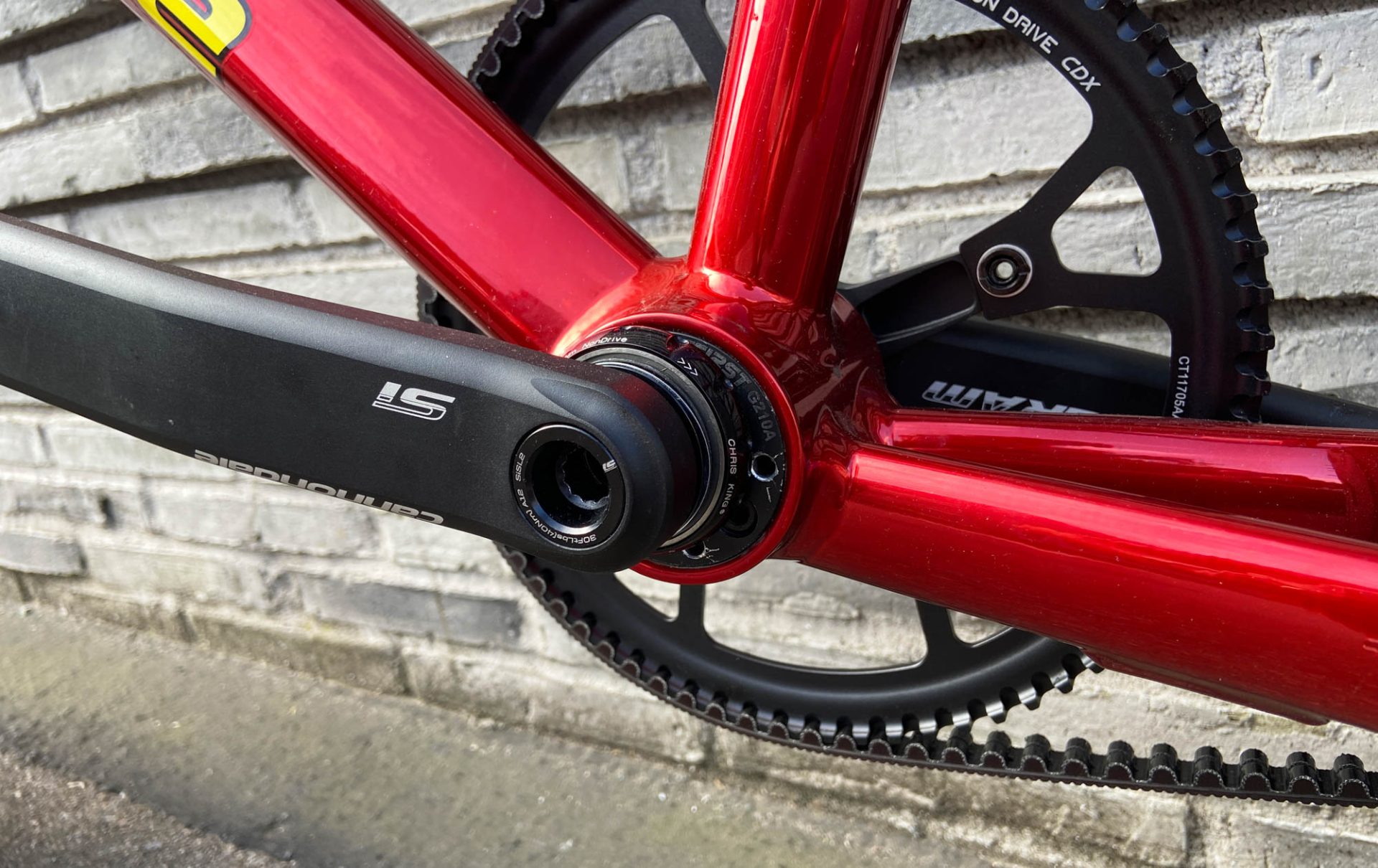
That pizza-sized ring makes sense when you remember the small 20″ wheels, which Fjeldskaar has wrapped in durable 1.6”-wide rubber from Continental’s cargo bike range. “I’ve used an old Hope rear hub that makes a really loud sound,” Fjeldskaar said. “You coast and everyone hears you.” Laced to the hub are alloy rims from Japanese manufacturer H Plus Son.
The iconic Cinelli bars are wrapped with a Saeco-inspired yellow tape from Fizik. Also from Fizik is the somewhat-polarising Volta saddle. “It was my first design I did for Fizik, a long time ago, and it was done in collaboration with Phillippe Gilbert but he was the only one that liked it. It didn’t sell in large numbers – it was not the most comfortable saddle,” Fjeldskaar said with a laugh.
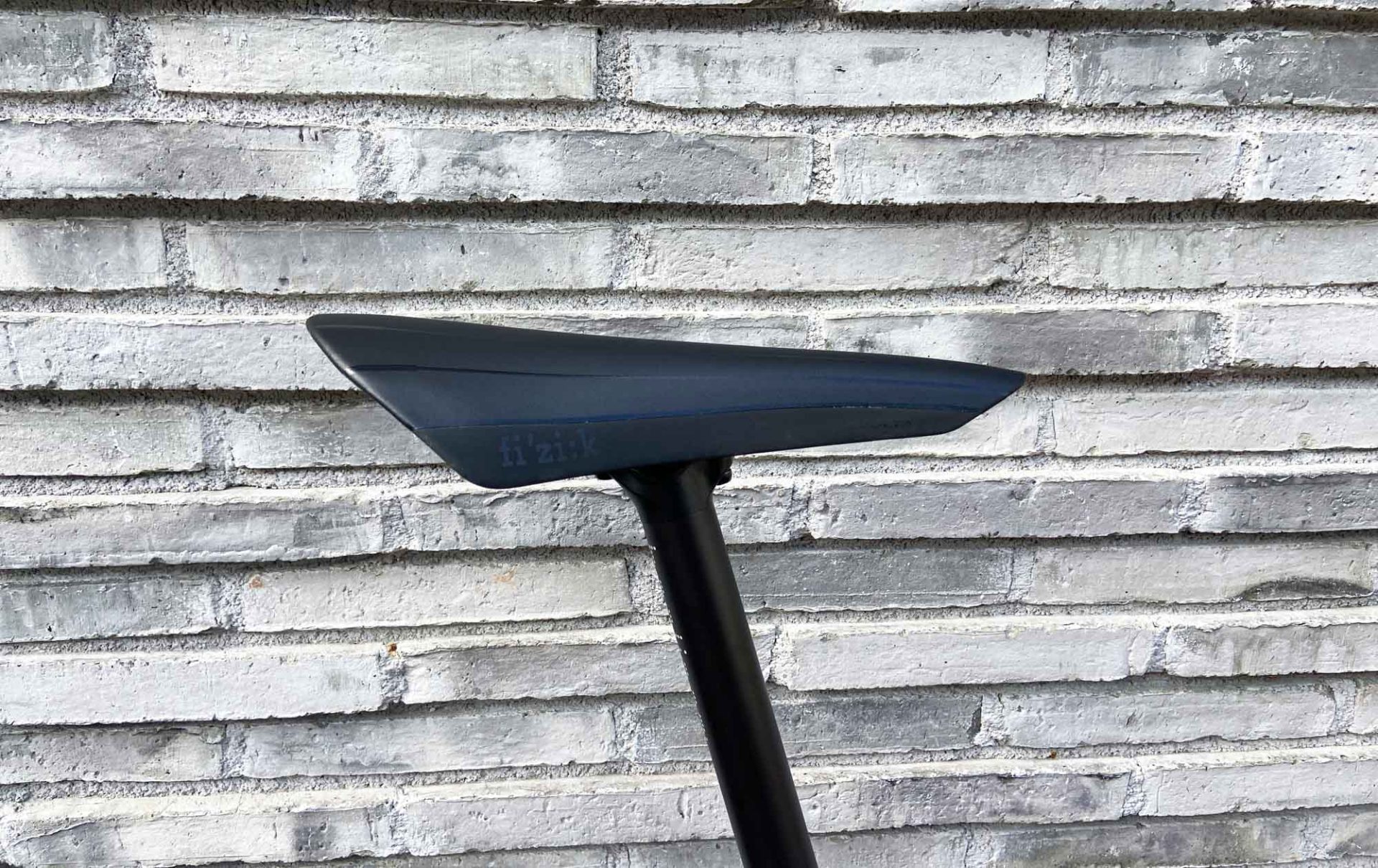
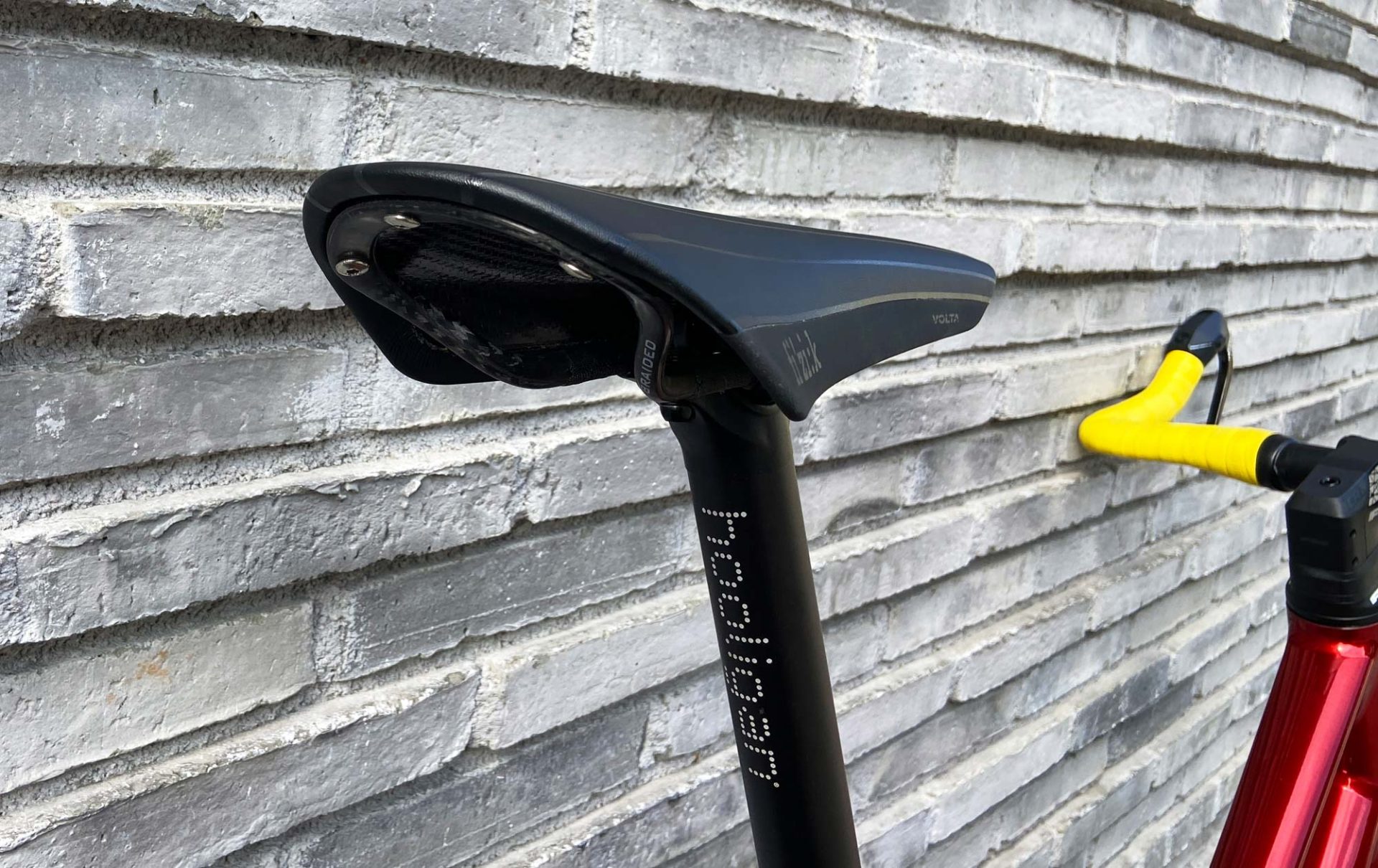
About the only stock parts are the seatpost and seatpost clamp – neither of which are a standard diameter.
So how does it ride?
“It’s so just so much fun to ride,” Fjeldskaar said. “It’s so quick and nimble. It has a longer wheelbase than most smaller-wheeled bikes, so it still rides like a larger bike, and so is more stable than most small-wheeled bikes.
“The build itself doesn’t make a lot of sense. I commute on it when I’m not bringing the kids. I have a long-tail [cargo] bike for the kids, but a few days a week I get to ride the Hooligan.”
If you’re ever in Basel and see a Saeco-inspired Hooligan go by, be sure to yell for Torgny.
Gallery


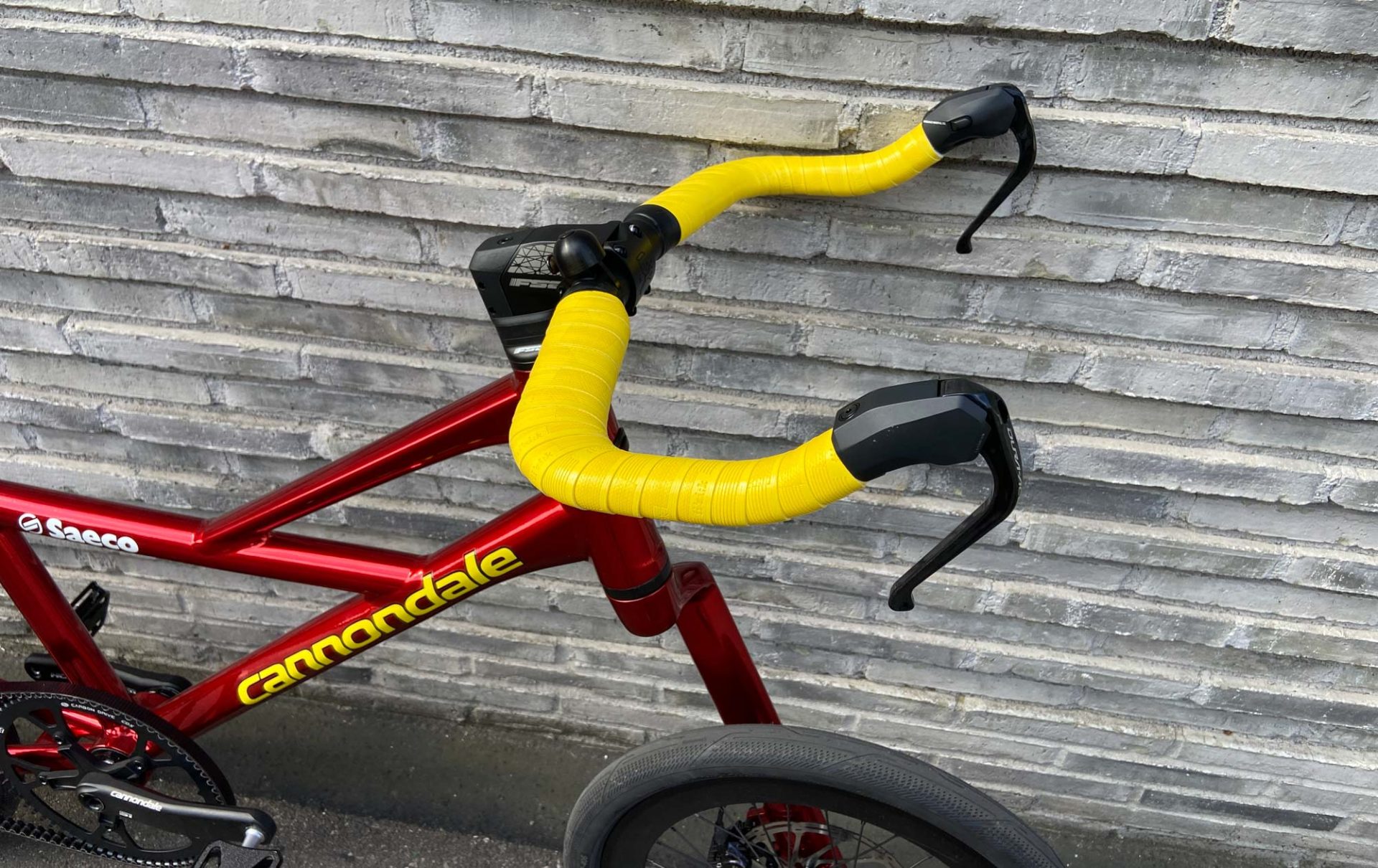
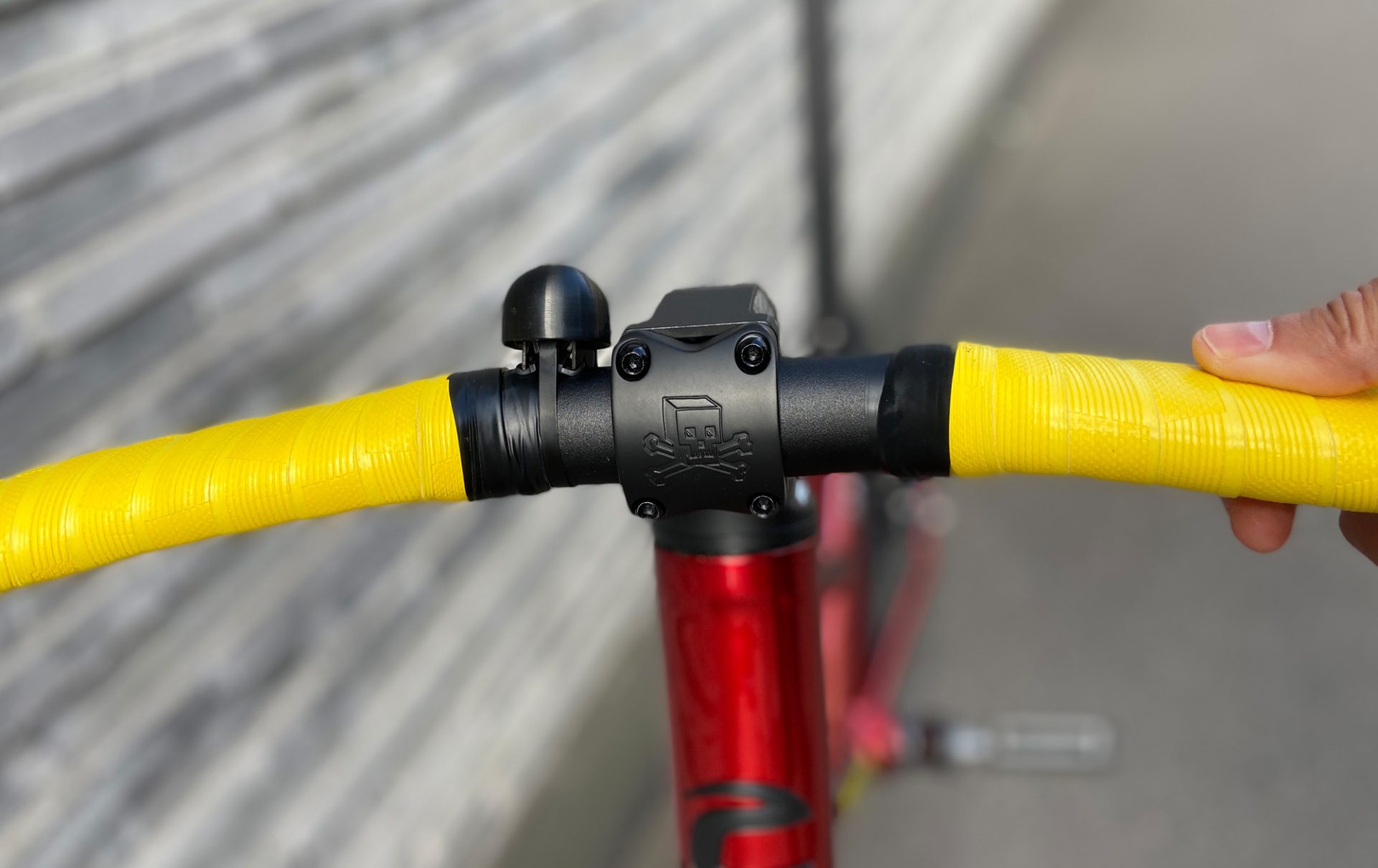
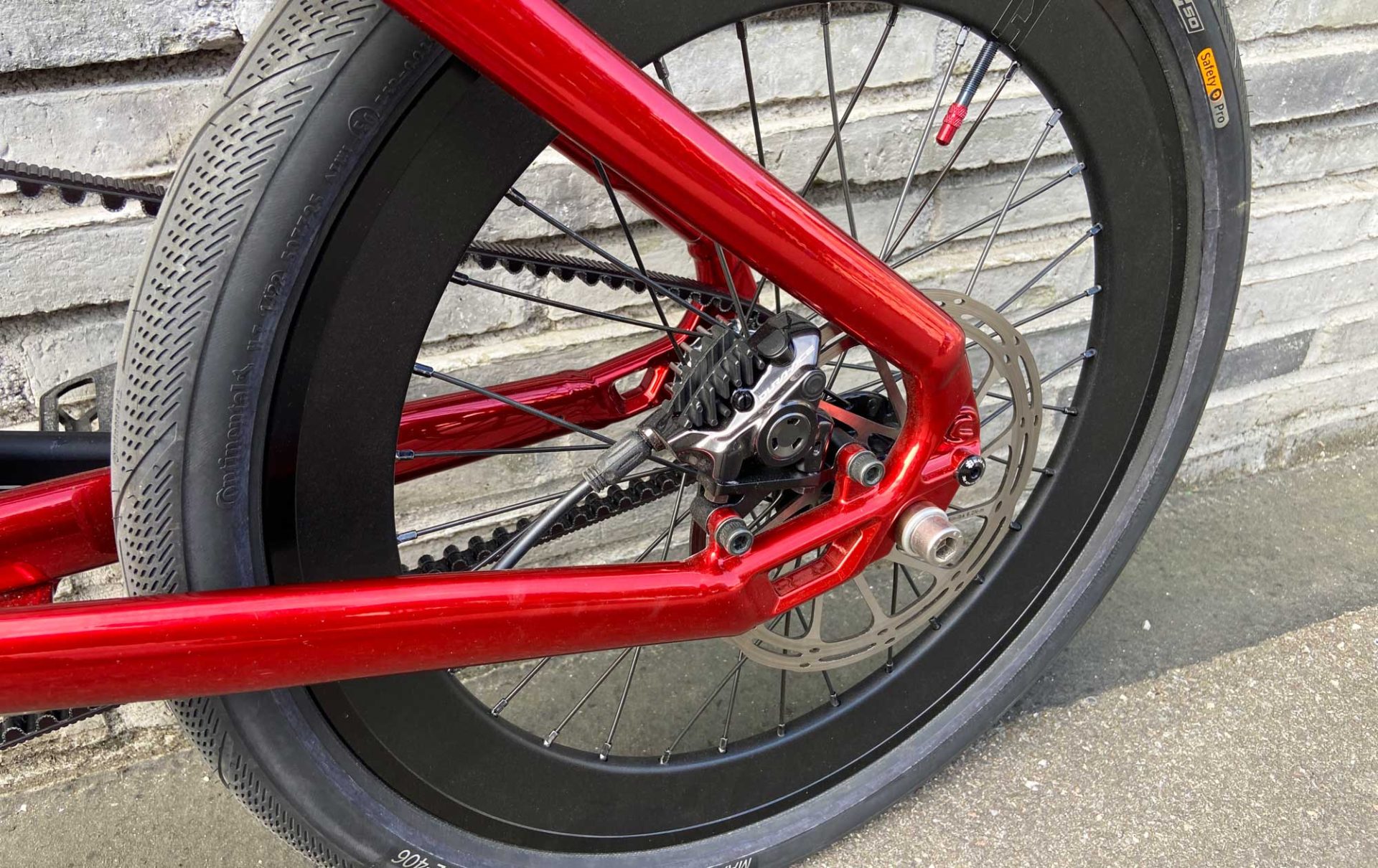
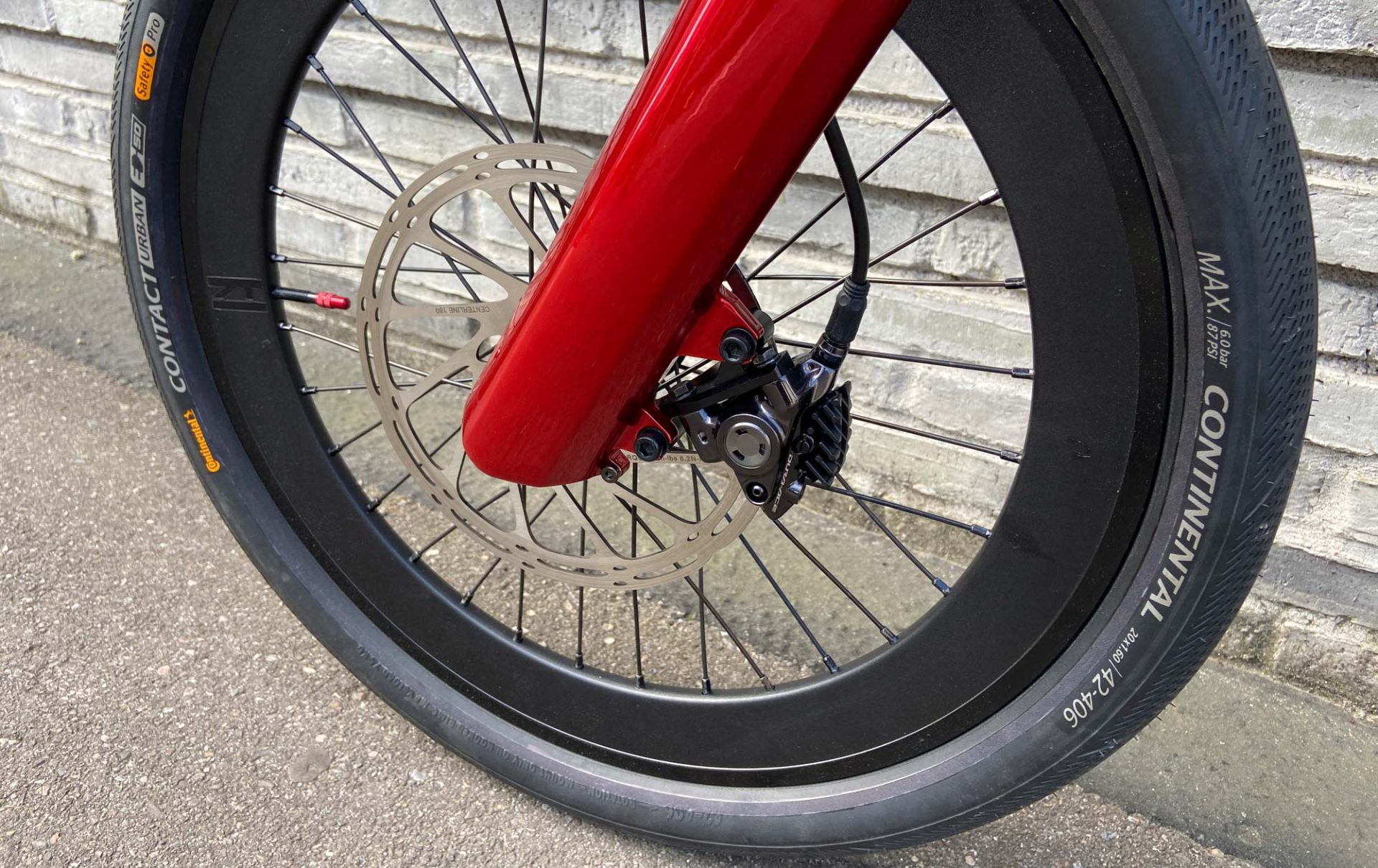
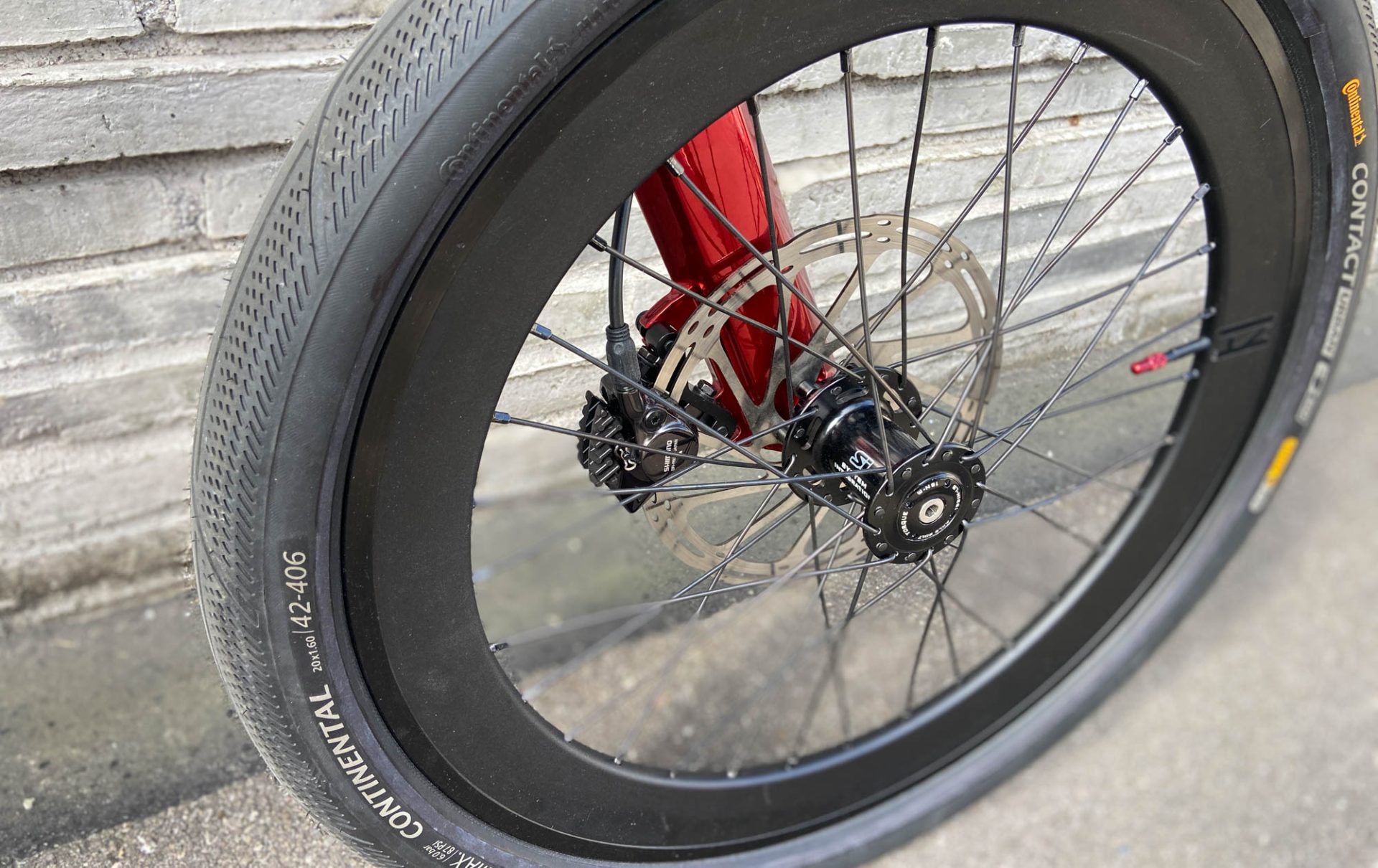

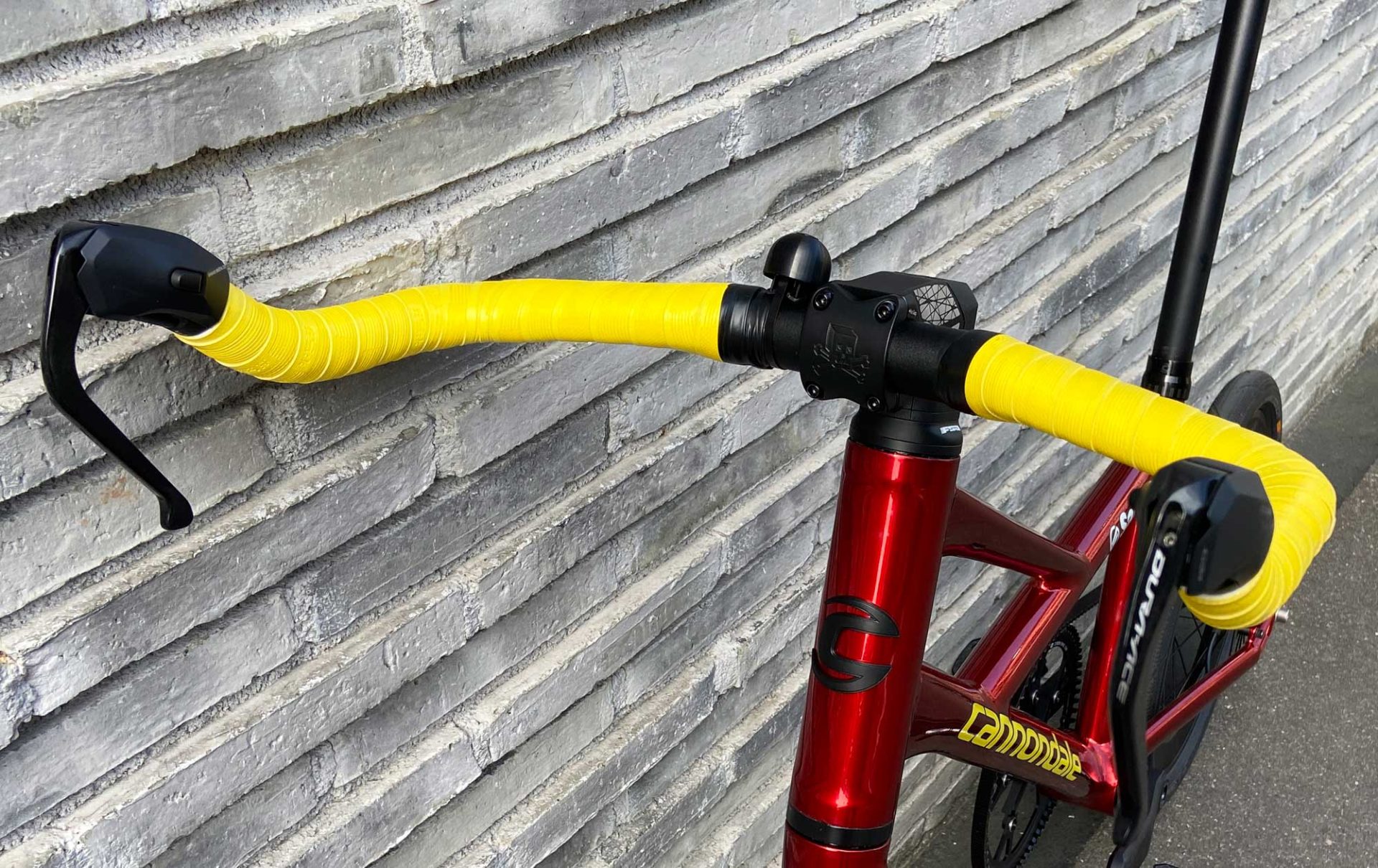
Joy Rides is a series that serves to share unique bikes from around the world. Sometimes Joy Rides will cover drool-worthy customer bikes from the bespoke world. Sometimes we’ll use this series to cover bikes from an era or two ago. Other times, we’ll look at production bikes that serve as a paint canvas for some incredibly talented artists. On occasion, we’ll even cover everyday bikes that offer little more than a unique story.
If you’ve got a Joy Ride you’d like to share, please get in touch at editor(at)escapecollective.com.
Did we do a good job with this story?
